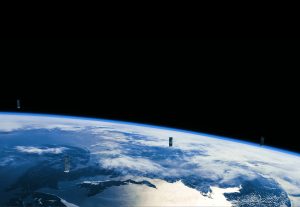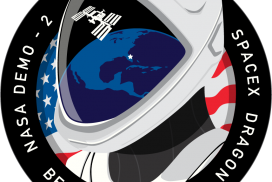
Elon Musk’ SpaceX is using their rocket building expertise to deploy the world’s largest mega constellation of satellites, Starlink, the most advanced global broadband internet system with blazing speeds up to 1 GB per second. Since May 23rd, 2019, SpaceX has been launching satellites in batches of sixty, with the ultimate goal of having 30,000 small satellites in lower Earth orbit.

Starlink satellites will create a network that overcomes ground infrastructure limitations, being designed to surpass traditional satellite internet, to deliver high speed internet to remote corners of the globe where internet access would otherwise be unreliable, expensive or inaccessible. SpaceX’s Starlink will target the regions of North America in 2020, and expand in a phased manner to global coverage of the world by 2021.
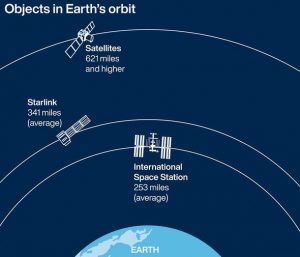
Starlink will orbit at 550 km in lower Earth orbit, lower than traditional satellites orbiting at 1000+ km, mitigating in orbit debris and exceeding regulations and industry standards. When Starlink satellite reach the end of their serviceable life, on-board propulsion systems will be utilized to de-orbit over the course of few months. In the event Starlink satellite suffer from inoperable propulsion systems, they will burn up in the Earth’s atmosphere in between one and five years, significantly less than hundred’s or thousands of years that traditional satellites at higher altitudes take to de-orbit from Earth’s atmosphere.
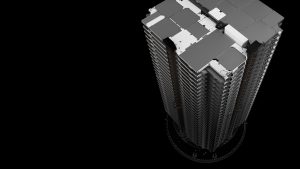
Each satellite in the Starlink constellation will feature a low mass of 260 kg and compact, low volume, flat panel design enabling SpaceX’s Falcon rocket series to launch a dense stack to orbit. Every satellite will have four antennas allowing an enormous throughput of data to be transmitted in a short time period, with lower cost per order of magnitude. A simple, single solar array of standardized solar cells powers the satellite and easily integrates into the manufacturing process.
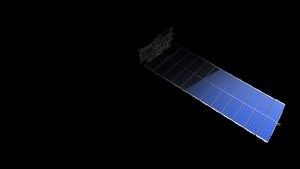
The propulsion systems are equipped with ion thrusters powered by Krypton that allow the satellites to increase altitude in orbit, manoeuvre efficiently in space and deorbit at the end of their serviceable life. Starlink is the first satellite spacecraft to use krypton ions and electricity to propel through space, traditional satellites use Xenon ions.
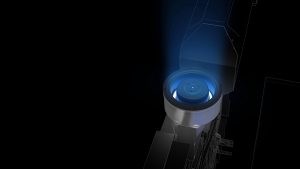
Starlink uses “Star Tracker” navigation system, custom built by SpaceX, to relay information on altitude, enabling precise transmission of broadband internet to ground stations.
![]()
Starlink has an innovative procedure of avoiding collision in space that utilizes data from the Department of Defence tracking system to autonomously avoid collisions from spacecraft and in-orbit debris, mitigating human error and offering a reliable approach to collision avoidance in space.

SpaceX launched its eighth Starlink mission aboard Falcon 9 rocket from SpaceX Launch Complex 40 – SLC-40, on Wednesday, June 3rd 2020, at 21:25 Eastern Time, at Cape Canaveral Air Force Station.
Watch a replay of the webcast here https://www.spacex.com/launches/

For this mission, in order not to obscure night-sky observation from Earth, Starlink satellite was equipped with a deployable sun visor designed to obstruct intense sunlight from hitting the brightest parts of the spacecraft.
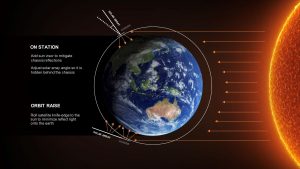
SpaceX successfully landed Falcon 9 first-stage on a droneship called “Just Read The Instructions”, floating in the Atlantic Ocean.
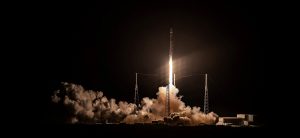
Falcon 9 first stage rocket has been previously used to support the Telstar-18 VANTAGE mission and the Iridium-8 mission. Two separate Starlink missions used Falcon 9 in May 2019 and January 2020.
